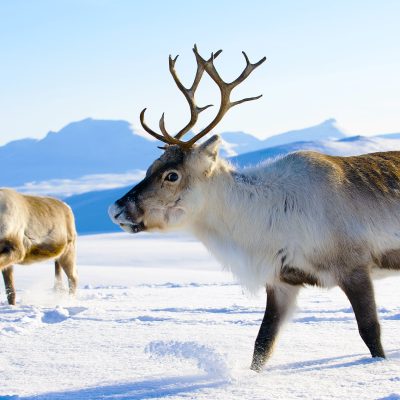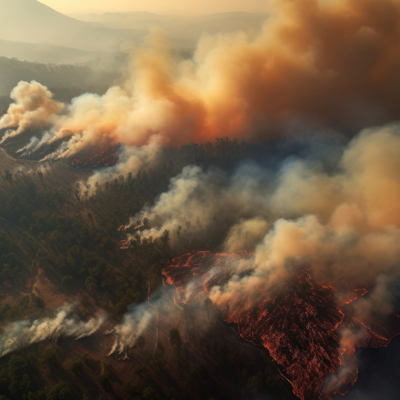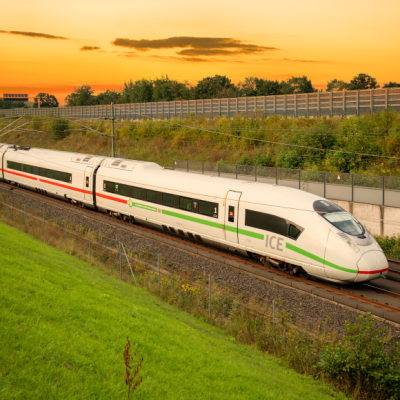The world has witnessed yet another year of record-breaking heatwaves, with the Siberian city of Verkhoyansk in the Arctic reaching a scorching 38 degrees Celsius. This marks the first time that such high temperatures have been recorded in the northern polar region. The World Meteorological Organization (WMO) has confirmed that the temperature was measured during an exceptional and prolonged heatwave that swept across Russia, Europe, and North America in June 2020. The heatwave caused average temperatures in Arctic Siberia to soar up to 10 degrees Celsius above normal for most of the summer, contributing to 2020 being one of the three warmest years on record.
The WMO Secretary-General, Prof. Petteri Taalas, has warned that the new Arctic record is part of a series of high-temperature extremes that should set alarm bells ringing. He noted that the Antarctic also experienced a high-temperature record in 2020, with 18.3 degrees Celsius measured in the polar region on 9 February by the Argentine station Esperanza on the Antarctic Peninsula. The WMO is set to recognize this as a new climate category, “highest temperature recorded at or north of the Arctic Circle of 66°50’N latitude.” The Arctic is one of the fastest-warming regions on Earth, heating up more than twice as fast as the global average.
The WMO is still verifying other record temperatures, including the highest temperature of the year recorded in California’s Death Valley at 54.4 degrees Celsius. This is the second time that the location has reported the highest temperature since the last measurement of 54.0 degrees Celsius in 2020. The WMO is also investigating the record temperatures of 48.8 degrees Celsius in Sicily, which, if confirmed, would set a new high mark. The world is facing a climate crisis, and these record-breaking temperatures are a stark reminder of the urgent need for action to mitigate the effects of global warming.










